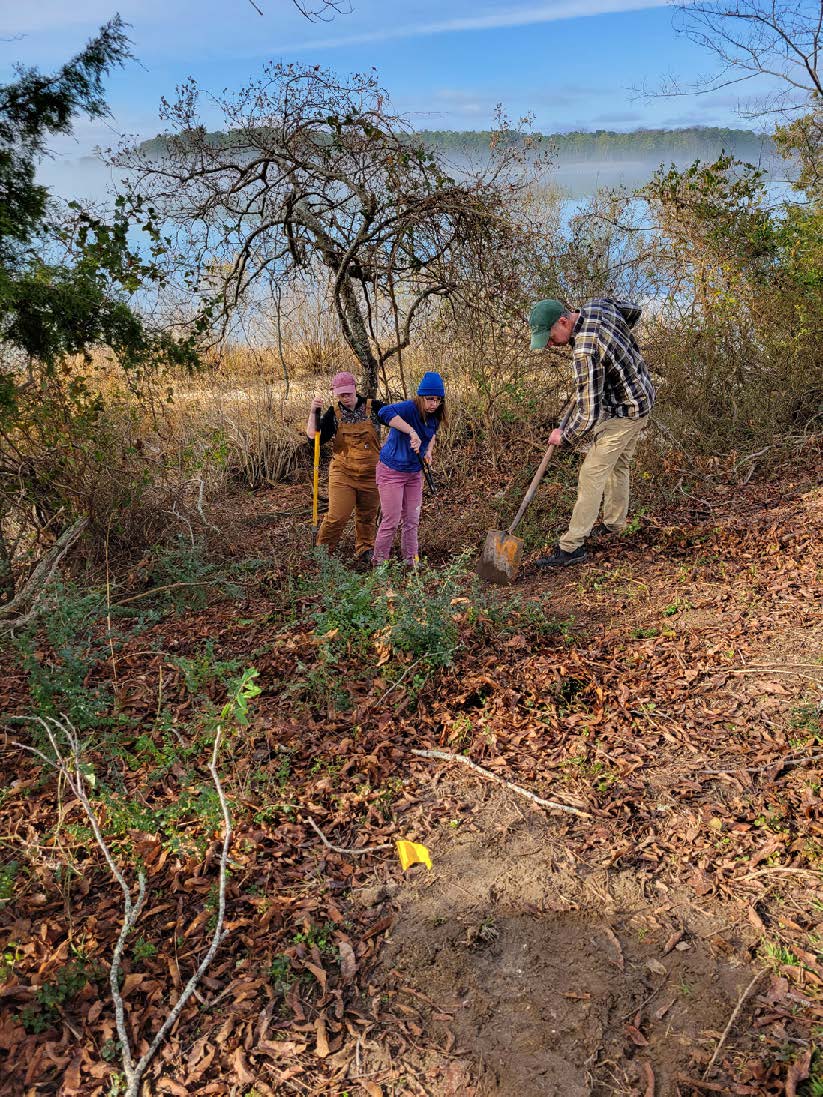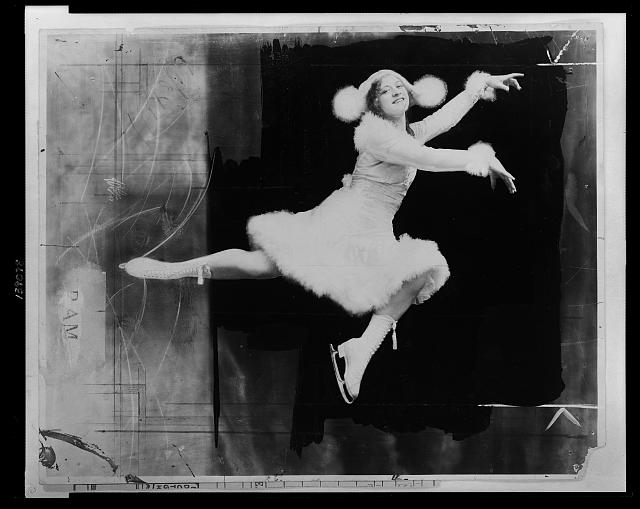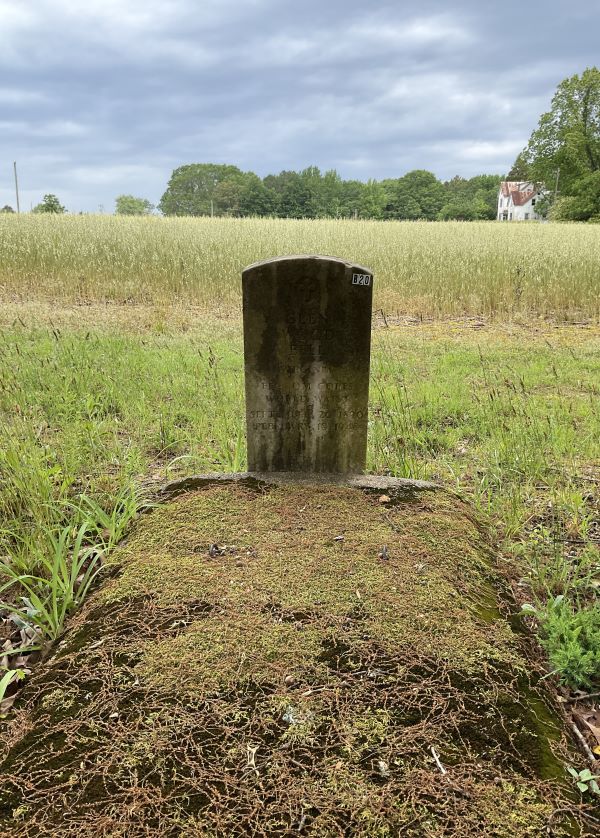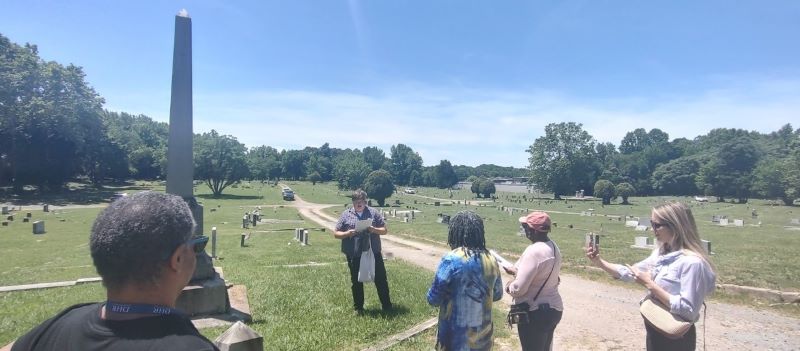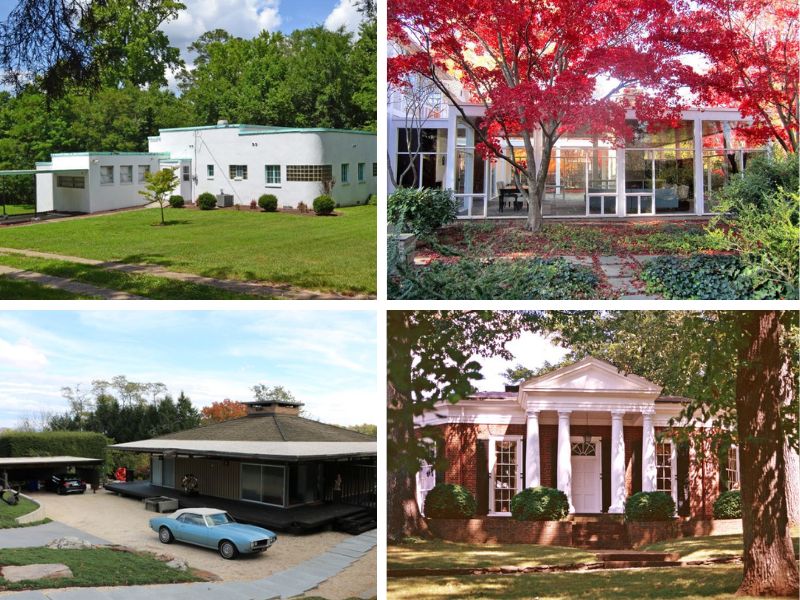The Conservation of Gravestones, Introduction
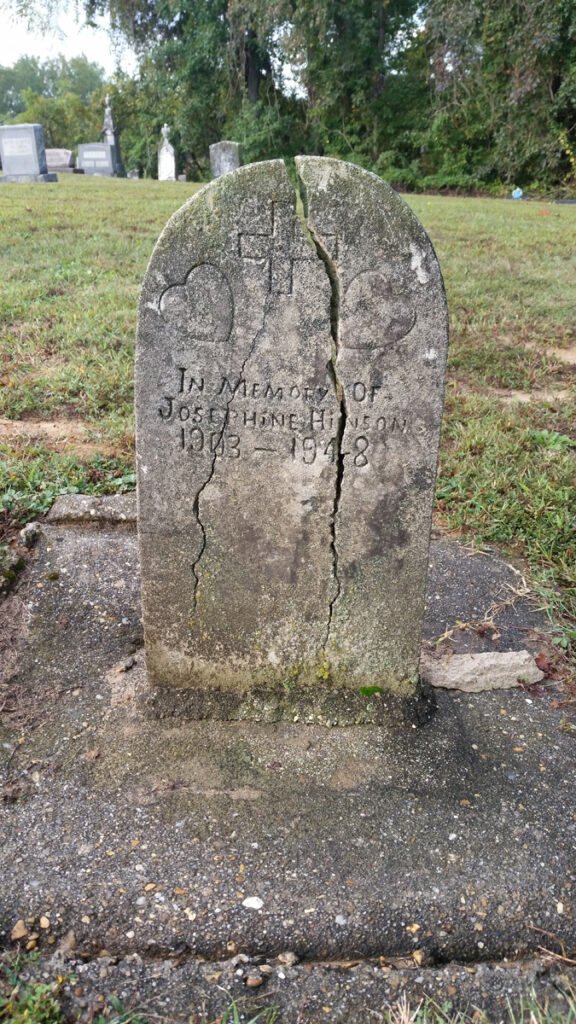
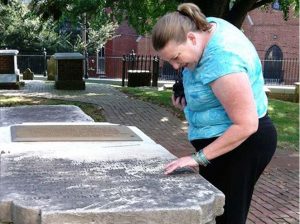
The conservation and preservation of gravestones and cemeteries is an enormous topic that would take a book, or more, to cover. It is also a topic in flux as new approaches, technologies, and cleaning materials are invented, researched, and discovered. We are hoping this newsletter will be a resource for those interested in cemeteries and their preservation. With this in mind, my goal for this column is that it include information about how people can care for cemeteries. Ultimately, we can cover a great deal of information about do-it-yourself tasks or those that call for an expert, along with new discoveries and information, and much more.
For this inaugural edition of Grave Matters, let's briefly discuss what conservation is, the types of topics that I expect to cover in future columns, and how you can contact me at DHR with your questions and ideas for preservation topics.
According to the American Institute for Conservation, “Conservation encompasses all those actions taken toward the long-term preservation of cultural heritage. Activities include examination, documentation, treatment, and preventive care, supported by research and education.” This captures both preventive care (e.g. preventing damage: lawn care, weeding, arboriculture, security, etc.) and interventive care (e.g. fixing damage: resetting stones, removal of graffiti, repairing damaged metalwork).
To do this work of preservation, we need to know a lot of information about our cemeteries and the gravestones within them. This leaves leeway for topics that can be covered. We need to know, for instance:
- what materials you might find in a cemetery (types of stone, metal, etc.),
- how to identify them,
- what causes them to deteriorate or be damaged,
- how to repair them, and
- how to prevent some of these issues in the first place.
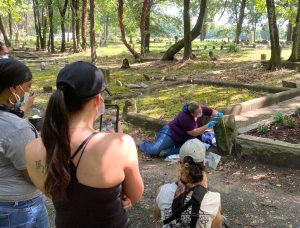
It is also good to know what are feasible DIY projects and which ones require a professional for advice or execution. All of these stewardship matters cost money, so we might even delve into grants and other opportunities for funding preservation programs.
There is a lot of ground that I can cover, but we also want to make sure that this column is useful for you! Please send us your questions, comments, and ideas. If you have a question about a specific gravestone or cemetery, send us pictures that we might include for reference. We will do our best to answer your inquiries. Also, let us know if you would like to remain anonymous or if you do not object to our sharing your question and photos or idea.
Your ideas and questions, your participation, will help make this column more successful, and help us to improve our future statewide cemetery workshops. Send your questions, comments, and ideas to me (katherine.ridgway@dhr.virginia.gov) and we will do our best to include them in future newsletters.
–Katherine Ridgway
DHR Conservator



